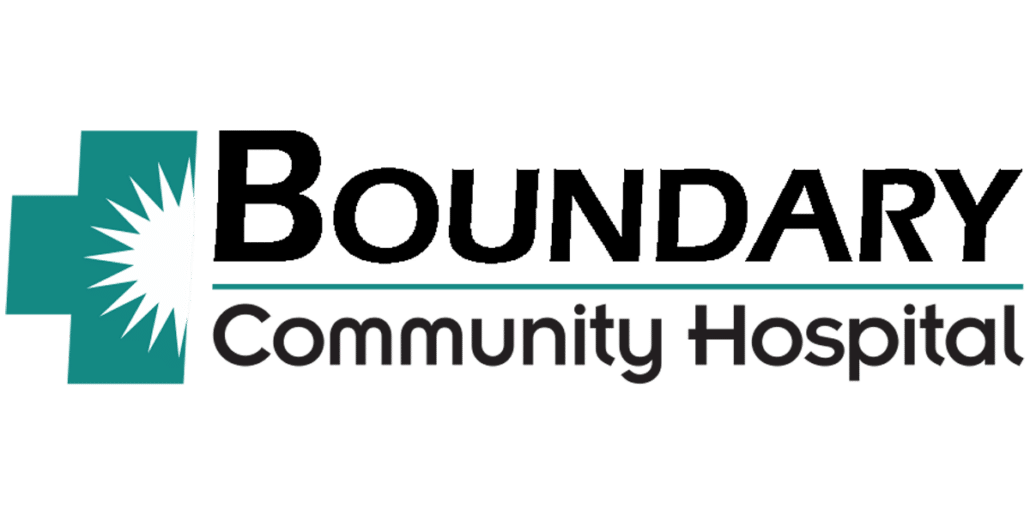Prescription for Wellness: First Aid on the Trail
First Aid on the Trail By: Dr. Susan Layeux, Boundary Community Clinics In Boundary County, we head out to forest and river trails to hike, pick berries, find mushrooms, track animals, hunt, ride mountain bikes, snowmobile and ride ATVs. Most excursions will never end in someone needing First Aid. However, as the mother of three […]
Prescription for Wellness: First Aid on the Trail Read More »
